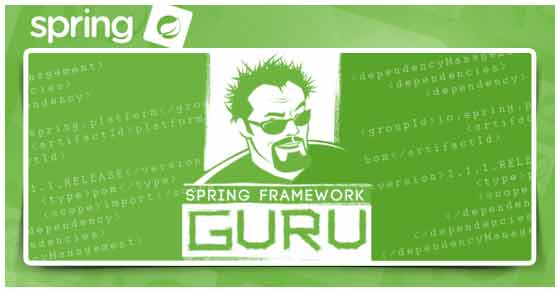One-to-One Relationship in JPA
For a One-to-One relationship in JPA, each entity instance is related to a single instance of another entity. It means each row of one entity is referred to one and only one row of another entity. In this post, you’ll learn how to create a One-to-One relationship between two entities using JPA in a Spring […]Continue reading









